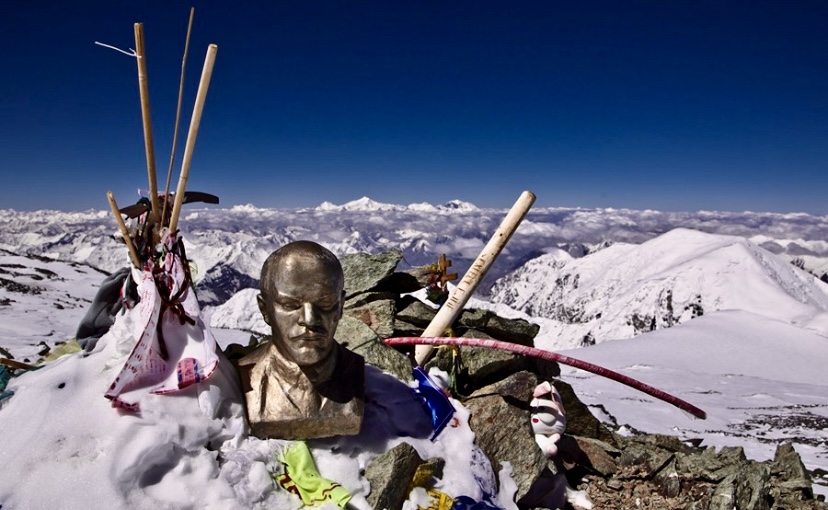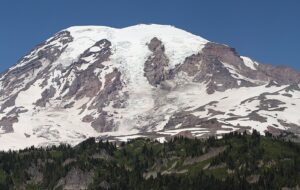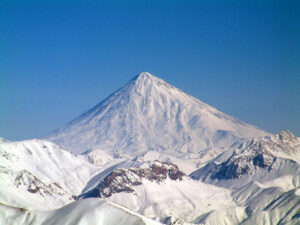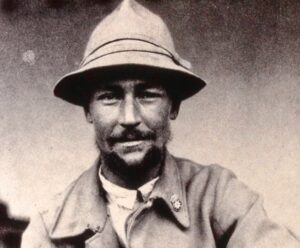Lenin Peak, a towering giant in the Pamirs, has attracted climbers for decades. We examine its first ascents (one from the south and one from the north) as well as two expeditions that ended in tragedy, including the deadliest-ever mountaineering disaster.
Lenin Peak
Lenin Peak (7,134m) is located on the border between Kyrgyzstan and Tajikistan in the Pamir Mountains. Its northern slopes are in Kyrgyzstan’s Alai Province, and its southern slopes are in Tajikistan’s Gorno-Badakhshan region. The summit lies on the border, making it a shared peak between the two countries.
It is the highest peak in the Trans-Alay Range, and the second highest in both Kyrgyzstan and Tajikistan, surpassed only by 7,495m Ismoil Somoni Peak in Tajikistan and 7,439m Jengish Chokusu in Kyrgyzstan.
Lenin Peak is one of five 7,000m peaks in the former USSR. Climbers must summit all five to achieve the prestigious Snow Leopard Award. Decades after the fall of the Soviet Union, climbers still pursue the Snow Leopard challenge.

Lenin Peak. Photo: Nihongarden
A peak with many names
In 1871, the peak was named Mount Kaufman after Konstantin Kaufman, the first Governor-General of Russian Turkestan. In 1928, it was unsurprisingly renamed Lenin Peak.
The current official name differs between Kyrgyzstan and Tajikistan. In Kyrgyzstan, it is called Lenin Chokusu (Lenin Peak), while in Tajikistan, it is Qullai Abuali Ibni Sino (Ibn Sina Peak or Avicenna Peak). Tajikistan renamed the mountain in 2006 after the Persian scholar Abu Ali ibn Sina.
Local Kyrgyz names include Jel-Aidar (Wind’s God) and Achyk-Tash (Open Rock).
We’ll call the mountain Lenin Peak, as it bore this name for three of the four expeditions we cover in this article.
Renowned as one of the most accessible 7,000’ers, hundreds of climbers visit Lenin Peak annually. Most climb the classic north face route, approaching from Osh in Kyrgyzstan. However, the mountain’s reputation as the easiest 7,000m peak is misleading because of its high altitude, unpredictable weather, and avalanche risk.
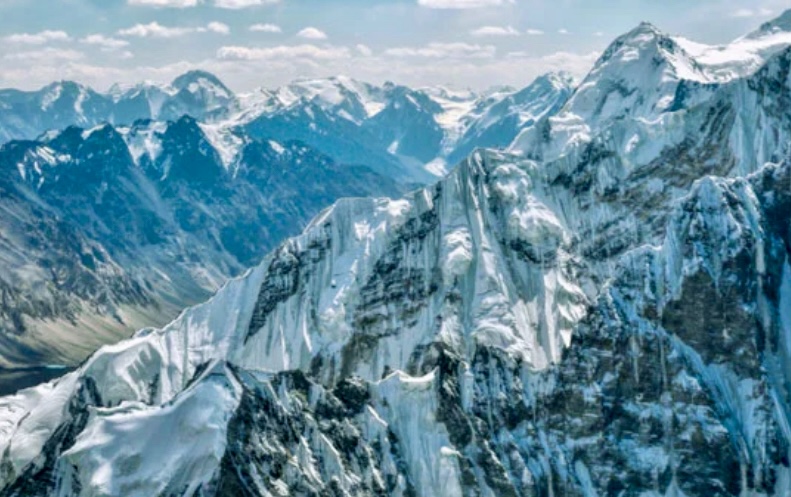
The western Pamirs in Tajikistan. Photo: Michal Knitl
The first ascent
In September 1928, a Soviet-German expedition targeted Lenin Peak. The team included German climbers Eugen Allwein and Karl Wien, and Austrian Erwin Schneider, supported by Soviet climbers and porters. The expedition was a joint effort to map the Pamirs.
They approached from the south side, starting in the Saukdara River Valley, continuing up the south slope of the Trans-Alay Range, and then ascending via the Greater Saukdara Glacier. Their route wound from Krylenko Pass (a saddle that connects the Greater Saukdara Glacier to the upper slopes of Lenin Peak at 5,820m) to the northeast ridge toward the summit.
The three climbers faced brutal conditions with rudimentary gear: canvas jackets, wool layers, and leather boots with nail soles. High winds and subzero temperatures tested their endurance. On September 25 at 3:30 pm, Allwein, Wien, and Schneider reached the summit.
During the descent, the climbers suffered severe frostbite that required medical care in Osh. They left no summit proof on top, leading some to question their success. Despite some skepticism, authorities accepted their ascent, marking a historic first. The team also set a new mountaineering altitude record, surpassing that set by Alexander Kellas on 7,128m Pauhunri in 1911.
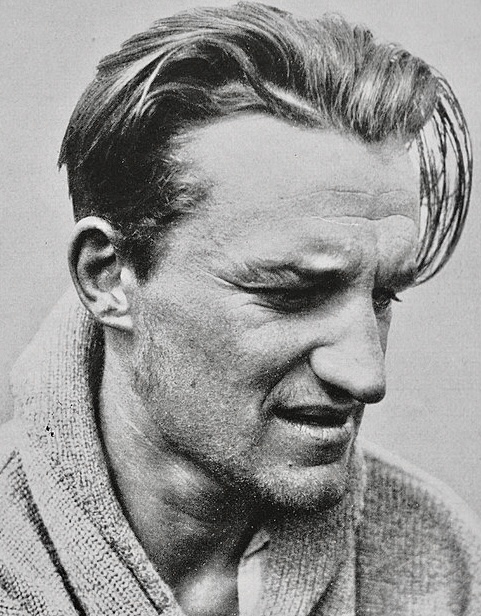
Erwin Schneider. Photo: Wikipedia
The first ascent from the north
In 1934, Soviet climbers tried from the northern side. The expedition, backed by the Red Army, included siblings Vitaly and Yevgeny Abalakov, Kasian Chernuha, and Ivan Lukin.
They started from Achik-Tash Canyon, ascending to Lenin Glacier’s western ice slope on the north face. They reached the crest of the northeast ridge at approximately 6,500m and continued along the ridge to the summit. En route, they established camps at 5,700m, 6,500m, and 7,000m.
On September 8 at 4:20 pm, Chernuha, Vitaly Abalakov, and Lukin summited after a four-day climb. Abalakov placed a bust of Vladimir Lenin on the summit.
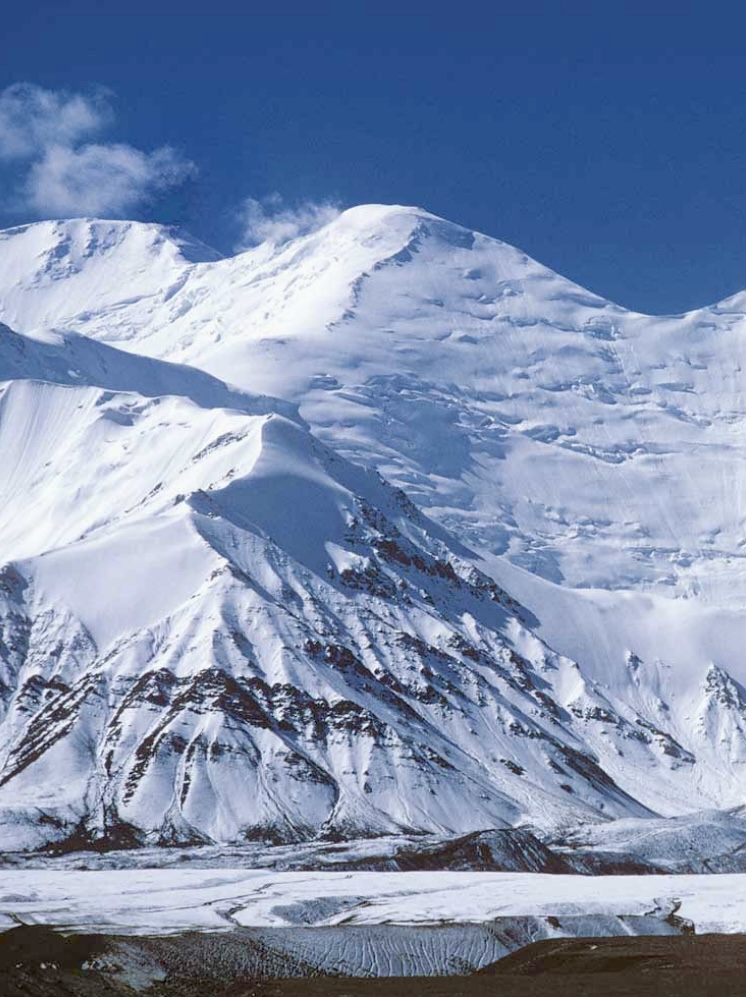
Lenin Peak. Photo: Allen Steck
The 1974 tragedy
In 1974, Lenin Peak hosted an international mountaineering camp, attracting nearly 200 climbers.
A Soviet all-female team led by Elvira Shatayeva planned a traverse, ascending via the Lipkin Ridge on the north face, and descending the Razdelnaya Route on Lenin Peak’s northern side.
The women topped out on August 7, despite warnings from base camp of an approaching storm. The storm, the worst in 25 years, caught them below the summit. The wind exceeded 100kph, shredded the party’s thin cotton tents, and exposed Shatayeva’s team to temperatures below -20C°. They didn’t want to abandon each other, and all eight stayed together until their last breath.
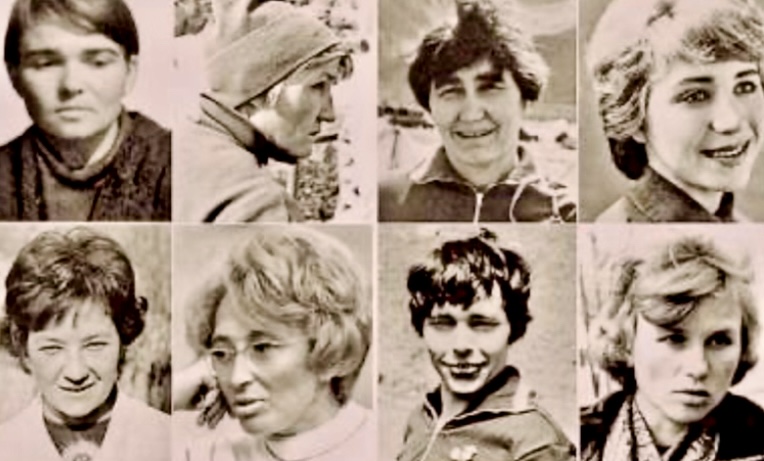
The eight women who died on Lenin Peak in 1974. Photo: CNN
Shatayeva maintained radio contact with base camp, reporting dwindling supplies and frostbite. American climber John Roskelley and some nearby Japanese alpinists attempted a rescue but were repelled by the blizzard. Over two days, the women succumbed to hypothermia and exhaustion.
Shatayeva’s last radio message was: “I’m alone now, with just a few minutes left to live. See you in eternity.”
All eight women perished, and climbers later found their bodies scattered along the summit ridge. The disaster, caused by inadequate gear and the ferocity of the storm, shocked the mountaineering community.
The deadliest mountaineering tragedy
In the summer of 1990, 45 climbers, primarily from the Leningrad Mountaineering Club, were at Camp 2 (5,300m) on what is now called the Razdelnaya Route on Peak Lenin’s north face. The party included Soviet climbers Leonid Troshchinenko, Vladimir Voronin, and Alexei Koren (among others), six mountaineers from the former Czechoslovakia (including Miroslav Brozman), four Israelis, two Swiss climbers, and one Spaniard.
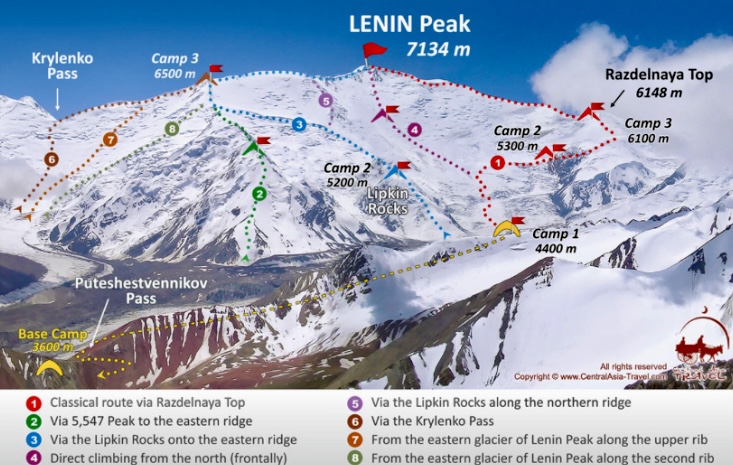
Some of the routes on Lenin Peak. Photo: Centralasia Travel
On July 13 at 9:30 pm, a 6.4-magnitude earthquake (with its epicenter in Afghanistan’s Hindu Kush) shook the Pamirs. It dislodged a serac from nearby Chapaev Peak, triggering a massive avalanche. Snow and ice hit Camp 2 on Lenin Peak, burying the climbers in seconds, and killing 43 people from five nations.
Koren and Brozman, who were positioned at the camp’s edge, survived with a broken arm and leg, respectively. They heard the trapped climbers’ cries as the debris froze into the glacial ice.
According to Charles Huss’s report for the American Alpine Journal, a few other climbers were lucky to survive. Vladimir Balyberdin had decided at the last minute to move to Camp 3 with some friends, and six English climbers escaped because they had established their bivouac some distance from the main camp.
Rescue efforts
Soviet helicopters searched for the avalanche victims but initially could only recover one body. In 2004, because of glacial melt, human remains surfaced at 4,200m, with more emerging in 2008.
A plaque near the Achik-Tash base camp commemorates the victims of the 1990 disaster. It remains the deadliest single mountaineering accident in history.
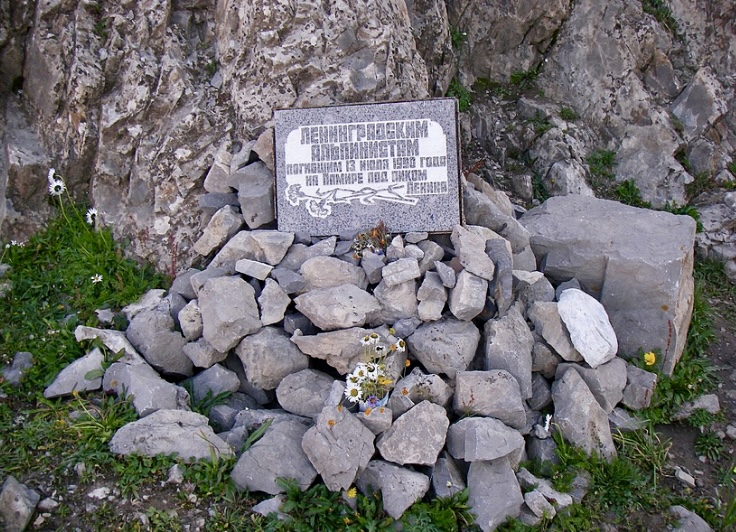
A memorial near Lenin Peak commemorates the victims of the disaster. Photo: Wikimedia
